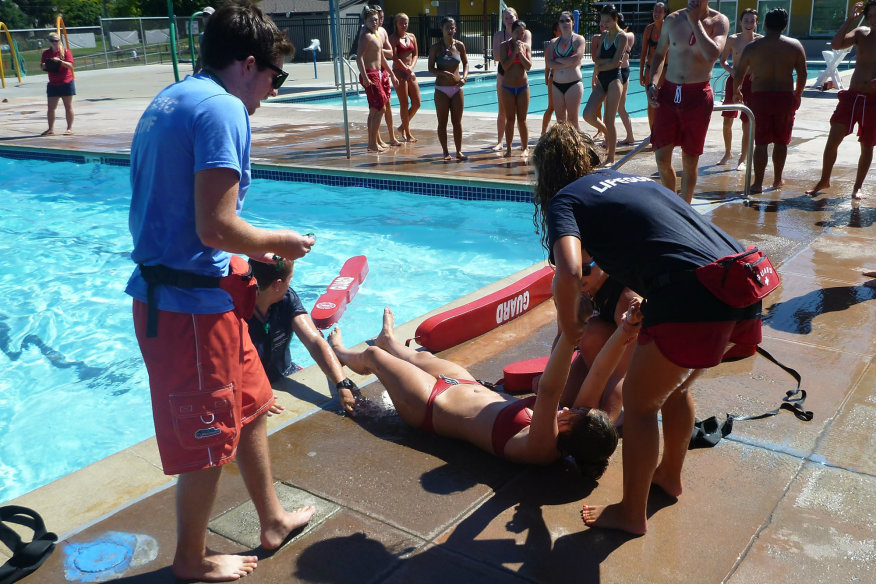By B. Chris Brewster – AQUATICS INTERNATIONAL
Many aquatics professionals may wonder what to make of terms they hear in the media, such as: dry-, wet-, near-, silent-, and secondary drowning. Let’s make it simple up front: These terms should not be used to describe drowning. Here’s why.
Many aquatics professionals may wonder what to make of terms they hear in the media, such as: dry-, wet-, near-, silent-, and secondary drowning.
Let’s make it simple up front. These terms should not be used to describe drowning. Not by aquatics professionals. Not by doctors. Not by the media. They are inaccurate, and they create confusion among the general public and drowning-prevention professionals.
It’s not just semantics. Using inconsistent, unscientific or medically inappropriate terms can create unnecessary fear. They also can result in poor diagnoses of real medical issues and a failure to document the magnitude of the drowning problem. Here’s how the World Health Organization explains it: “… Effective prevention of drowning requires programs and policies that address known risk factors.” To fully understand the magnitude of the drowning problem, “… a simple but comprehensive definition is needed.”


